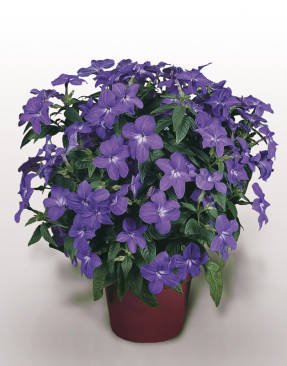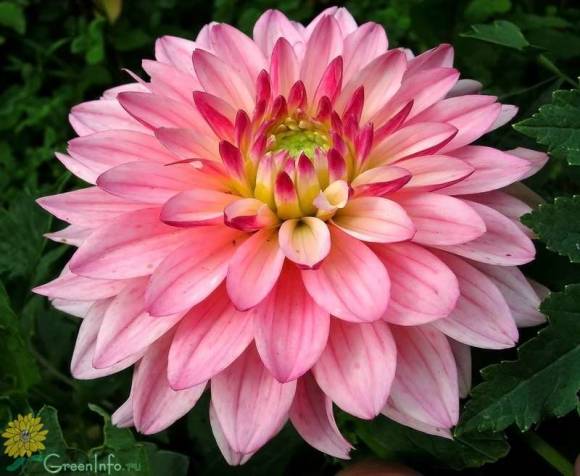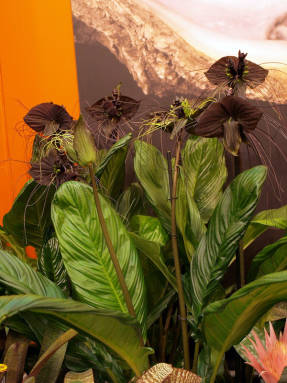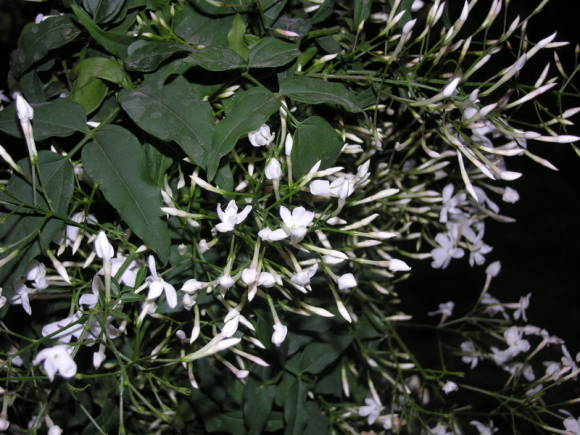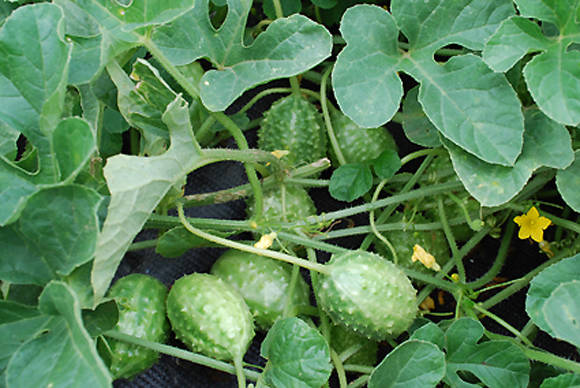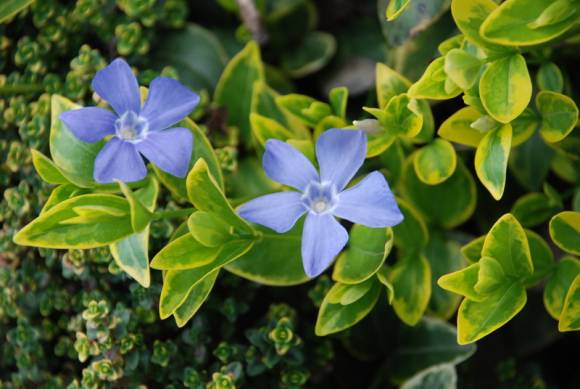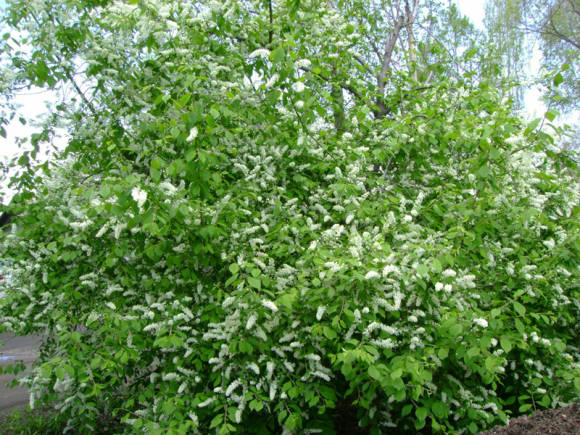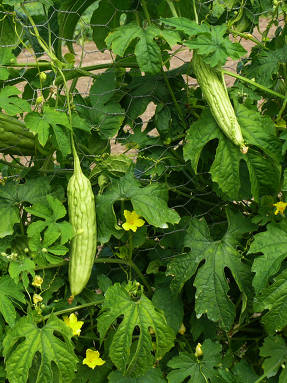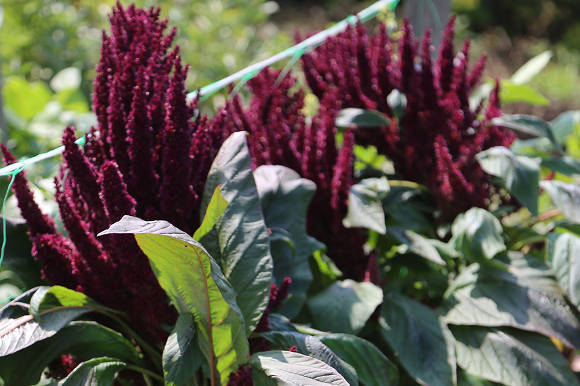
Vegetable amaranth is a rather unpretentious plant in terms of its requirements for natural growing conditions. It is demanding on heat, grows well and gives abundant greenery in the hottest summer. It is resistant to a lack of moisture in the soil and at the same time is very responsive to abundant moisture, but does not tolerate stagnant water.
Autumn short-term drops in temperature to zero degrees endures without much damage. However, seedlings and young plants die during spring frosts, and adult plants are already damaged by the first autumn frosts.
Exceptionally photophilous. Its leaf blades, like flower baskets of a sunflower, turn towards the sun throughout the day. This plant has a short daylight hours and may not produce seeds under long daylight conditions.
When growing it as a vegetable plant, in order to obtain abundant and tender greens, it is necessary for it to be allocated fertile, well-provided soil with moisture, although it will grow well on acidic, sandy and even stony soils.
The preparation of the soil for its cultivation must begin in the fall, by introducing 1 bucket of rotted manure or compost and, if necessary, superphosphate and potash fertilizers, as well as wood ash under deep digging. With shallow spring digging, nitrogen fertilizers should not be overused, since with an excess of them in the soil, it can accumulate nitrogen in the leaves and stems in the form of nitrates. This property must be taken into account when growing it. At the same time, we must not forget that many vegetables that we constantly grow in our garden have this same property, but we simply do not suspect this feature of them.
This culture is propagated by both seeds and seedlings. Seed germination begins at a temperature of 3-4 ° C, but the optimum temperature is 20-25 ° C.
The best time for sowing seeds in the ground is when the threat of frost has passed. Therefore, it is better to sow seeds in a sunny place in a heated soil 1.5 weeks after sowing beets, when the soil warms up to 18–20 ° С, placing rows from north to south. In order to extend the period of young greens supply, it is necessary to carry out repeated sowing with an interval of 12-15 days.
Before sowing, all weed shoots must be carefully removed in the garden. The seeds are embedded in the soil only 1–2 cm, since they are very small. To facilitate sowing, it is advisable to pre-mix the seeds with sifted fine river sand or wood ash in a ratio of 1:15. After sowing, the soil must be lightly rolled up.
To obtain good seedlings, amaranth seeds are scattered in bulk in a sowing box filled with a loose nutrient mixture and sprinkled with moist soil. Then this box must be put in a plastic bag and put in a warm place. Seedlings will appear in 10-12 days under favorable conditions. In the phase of the first true leaf, amaranth seedlings dive.
In late May - early June, seedlings are planted in open ground after 10-12 cm in a row, followed by thinning in rows through the plant and 45-50 cm between rows, and when grown only on young greens - according to the 15x15 cm scheme.
Young plants develop slowly at first and need protection from weeds so they don't drown them out. In the future, amaranth begins to grow rapidly (up to 5-7 cm per day) and itself drowns out all the weeds in the garden, including sow-thistle with wheatgrass. As they grow, excess plants are removed and eaten.
An important feature of this plant is that it tolerates thickening well in rows, while the stems become thinner and more tender.
Sowing amaranth in the first three weeks requires weeding twice, while the root forms and the plant gains strength.Further care consists in thinning plants, loosening row spacings, in regular watering and feeding with mineral fertilizers and mullein solution.
In a garden bed with amaranth, you should not loosen the soil deeply, since its lateral roots are located close to the surface.
The growing season for growing greenery is up to 70 days, for growing seeds - twice as long. Amaranth leaves begin to be cut from the bottom as needed. So that the stem does not lose its juiciness, it is better to cut the plant when it reaches a size of 20-25 cm, for these purposes it is not necessary to grow giants. Plants grow well after cutting from the buds located at the bottom of the stem. In larger and adult plants, the upper leafy part of the stem is cut off with a length of no more than 40 cm.
Green mass is obtained in 2-3 cuttings. The first cut before flowering gives the highest nutritional value. With normal care, the yield of green mass reaches 4-5 kg from 1 m2 or more. To obtain seeds, plants are left in a row at a distance of at least 25-30 cm from each other.

Amaranth seeds ripen usually in early September, when the panicles turn orange. In this case, the lower leaves on the plants dry out and fall off, the stems change color from green to very light, and when the panicles are shaken, the seeds begin to crumble. Plants are cut at the base, ripe panicles are laid out in a thin layer and dried under a canopy in a draft for 5-7 days. Then the seeds are threshed and dried for up to 12-15 days, sprinkling them in a thin layer.
Belongs to the number of cross-pollinated plants. Since varietal amaranth can be pollinated with wild and weed species, it is better to purchase seeds for sowing in a specialized seed store.
The decorative properties of amaranth are known today, perhaps even more than food and medicinal ones. Having gotten to know this plant better, you will never be able to part with it, it easily satisfies the most demanding tastes of flower growers. It can be used in flower decoration and in the form of groups, and in the form of single plants against the background of the lawn. From low varieties, they create beautiful curbs and ridges. Tall species make great hedges. Tall species of amaranth are also good in the center of the flower arrangement in the flower bed. Bright colors of amaranths in any combination look very impressive. Low-growing varieties are also well suited for growing in containers. Amaranth is also suitable for cutting, it is better to use it in independent bouquets without adding other flowers. In addition, amaranth inflorescences are a wonderful dried flower, as they have the property of not changing their shape or color when dried.
Useful properties of amaranth and its use in cooking
Amaranth greens and seeds have a very high medicinal, dietary and nutritional value. Above all, this plant is prized for its exceptionally high protein content of the highest quality, including almost all essential amino acids. Amaranth seeds contain up to 20% protein, and there is a lot of it in green mass. The amaranth protein contains the most important amino acid for humans - lysine, and it is absorbed by the human body better than the protein of wheat, corn or soybeans.
Amaranth leaves, in addition to their high protein content, are the richest source of vitamin C (up to 110 mg per 100 g of leaves), carotene (up to 10 mg%), vitamin P (up to 20 mg%), etc. They also contain a significant the amount of biogenic forms of silicon, which plays an important role in human metabolism. In terms of the total content of nutrients in the leaves, vegetable forms of amaranth are similar to spinach, but significantly surpass it in protein content.
Amaranth oil also contains a lot of protein and valuable biochemical compounds. It is able to reduce the content of radionuclides in the body, inhibit the development of malignant tumors, remove heavy metals from the body, and is very effective in treating severe burns. Some experts believe that in its medicinal properties it is superior to sea buckthorn oil.
 |  |  |
And amaranth inflorescences contain a very large amount of organic silicon. Amaranth tea is the best medicine for the initial stage of diabetes mellitus, it helps with obesity, atherosclerosis, neuroses, strengthens the immune system.That is why it is very useful to enrich green and black teas with amaranth leaves.
The use of greens and amaranth seeds contributes to the effective healing of the kidneys and liver, the treatment of adenomas and cardiovascular diseases and inflammatory processes of the urinary system, helps to restore vitality and rejuvenate the body, protects a person from diseases, helps to fight tumors, treats impotence, etc.
Stems, leaves and flowers of amaranth in folk medicine are used as a strong hemostatic agent for internal bleeding, water infusions are taken for stomach pains and headaches.
Amaranth is widely used as a food product. It is fried, boiled, dried, baked, added to soups. The stem and young leaves, plucked before flowering, are used raw to make high-protein salads. To make the leaves tender, you can pre-soak them for 2-3 minutes in boiling water, and then you can cook a very tasty and healthy soup with this water. Since its leaves do not have a characteristic flavor, they are usually used alongside other vegetables. You can prepare it for the winter by freezing, drying or canning.

If, when preserving cucumbers, add only one leaf of amaranth to a 3-liter jar, then the cucumbers will be fresh and elastic until spring. Amaranth seed flour can be mixed with wheat flour in a 1: 2 ratio and used for baking. Because toasted amaranth seeds taste like nuts, they are especially good in confectionery.
From fresh and dried leaves of amaranth, an aromatic drink is obtained. If you add lemon balm and oregano to it, then such tea will in no way be inferior in aroma to the best Indian varieties, and in its benefits it will far surpass them.
And for livestock, amaranth is just a wonderful feed, besides, it gives 2-3 mows of greenery over the summer. In some parts of the world, amaranth-fed cattle is valued much higher than regular meat.
